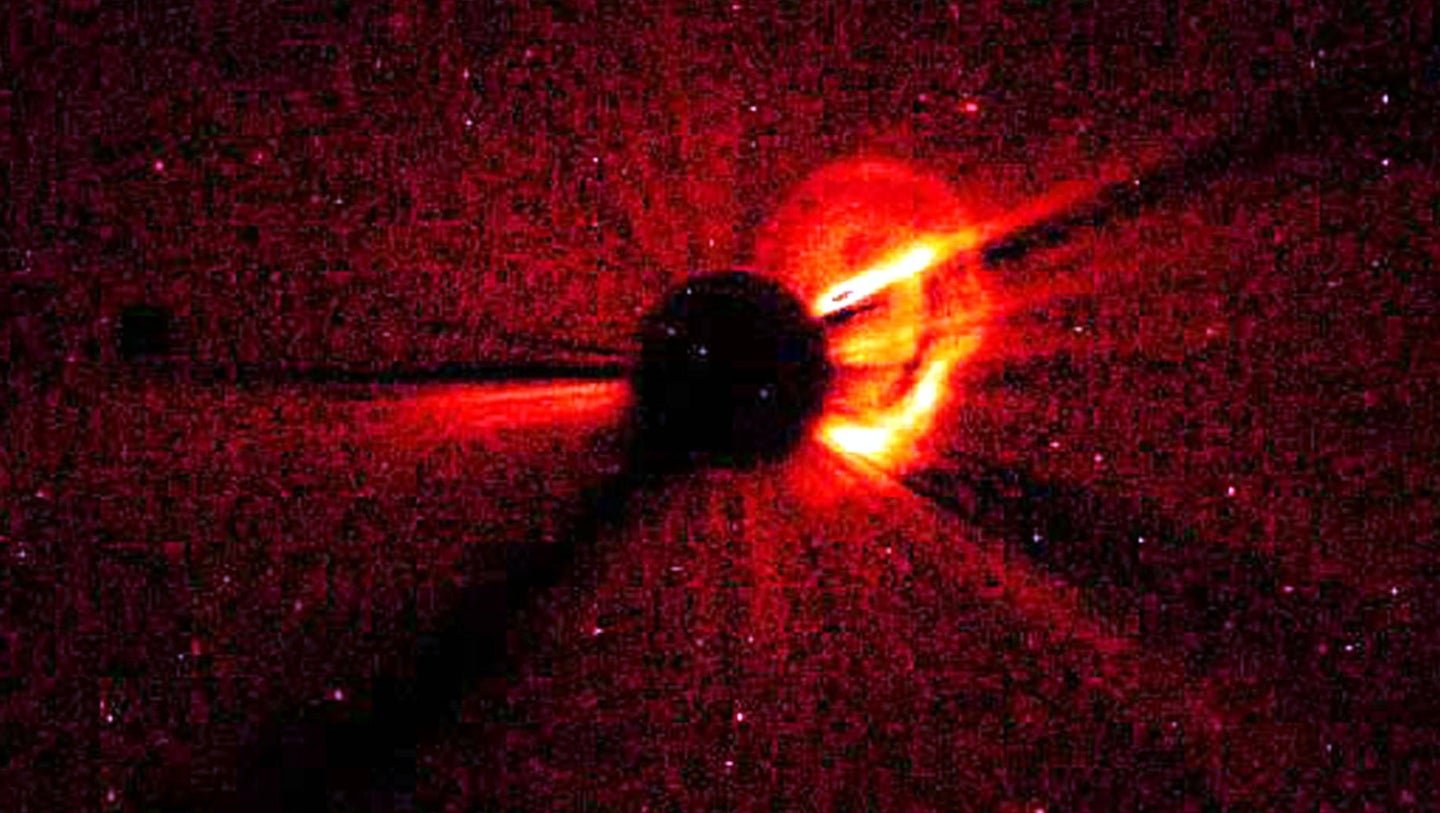Meet Indumathi, the Indian scientist who wants to capture one of the universe’s smallest particles
(Indumathi D is a theoretical physicist at The Institute of Mathematical Sciences in Chennai, India.)


(Indumathi D is a theoretical physicist at The Institute of Mathematical Sciences in Chennai, India.)
Indu grew up in Chennai, Tamil Nadu. She still lives there today, spending her days trying to solve the great mysteries of the universe. Her father was a mechanical engineer both at work and at home. So, as a young girl, Indu would often look over his shoulder as he fixed their car, a broken pipe or a malfunctioning radio. Tools scattered on the dining table would delight her to no end and she developed a knack for fixing small things herself.
Indu’s first love, however, was cricket. She played for her school team and then was a member of her university team as well. But she hurt a vein in her left ankle while playing in a match in college. The injury was so serious that the doctor worried she might never be able to walk again! Indu happily proved him wrong, but she had to give up cricket. Instead of sulking, though, she turned to her second passion—physics. What did matter really mean, she wondered. What are the fundamental particles that make up everything we see around us? How do they all work together to make up the universe we see today? She was excited by these questions and eventually chose to become a particle physicist.
As a particle physicist, Indu began to study one of the smallest particles in the universe. But what is the smallest thing in the universe? An atom? No, an atom has a nucleus at its centre. This nucleus is made up of even tinier particles called protons and neutrons. Each proton and neutron is made up of even tinier quarks and gluons.
So then, are quarks and gluons the smallest things in the universe?
Nobody can say for sure. Hundreds of years ago, atoms were thought to be the smallest particles in the universe. But since then, scientists like Indu invented tools such as particle detectors, accelerators, and colliders that can study them in great detail. Thanks to these tools, they have discovered a whole set of elementary particles, which are the smallest particles we know about today.
Quarks and gluons are two such elementary particles that combine to form protons and neutrons. These, along with electrons, make up atoms. Atoms constitute most of the matter that we know about—from trees and stones to animals and birds. But Indu was amazed to learn that there is a whole set of particles that exist but are not part of atoms at all. One such elementary particle is the neutrino, Indu’s absolute favourite! Neutrinos are everywhere. They whiz across the universe—from the sun and from elsewhere in outer space. Many of them reach us here on earth too. So, how common are they?
Tell you what. Snap your fingers right now. Done? In the amount of time it took you to do this, billions of neutrinos have passed through your thumb! Neutrinos may be tiny, but they are very important because our universe is full of them. Knowing the mass of a neutrino will help Indu understand the rate at which the universe is expanding.
Neutrinos have some very special properties. There are three kinds—the electron neutrino, the muon neutrino, and the tau neutrino. Do you know what the most interesting bit is? Somehow, a single neutrino can morph into different types! That’s why Indu wants to spot neutrinos and study them. But the trouble is, neutrinos are really, really small and they carry no electrical charge. This makes them almost impossible to catch.
The only way to catch a travelling neutrino is to wait for it to collide with an atom. When a neutrino collides with an atom, a particle with a tiny electrical charge is released. Think of it as a very tiny spark. If Indu sees a spark, she can tell that there was a neutrino there. That means neutrino hunters like Indu love collisions.
The bad news? Neutrinos almost never collide—with anything! They pass through anything in their way without any sort of interaction. Indu likes to point out that if we lined up seven planets the size of the earth, one after another, a neutrino could go right through all of them without interacting with another particle even once!
But particle physicists never give up. Indu and her friends have a plan. They are planning to build a giant underground observatory under a hill in Tamil Nadu. This is where they will try and catch some neutrinos. Once built, the India-based Neutrino Observatory, or INO, will be the country’s most advanced particle physics experiment yet.
The laboratory will house a neutrino detector made out of sheets of iron with detectors sandwiched between them. It will weigh 50,000 tonnes—that is 50,000,000 kg!
This neutrino trap that Indu is helping design will be placed deep underground, almost one kilometre under a hill. This is to filter out the other types of particles that cannot travel through so much rock. When a neutrino collides with an iron atom, the spark created will be detected and Indu and her students will celebrate in the underground lab.
Excerpted from Nandita Jayaraj and Aashima Freidog’s 31 Fantastic Adventures in Science with permission from Penguin Random House India. We welcome your comments at [email protected].